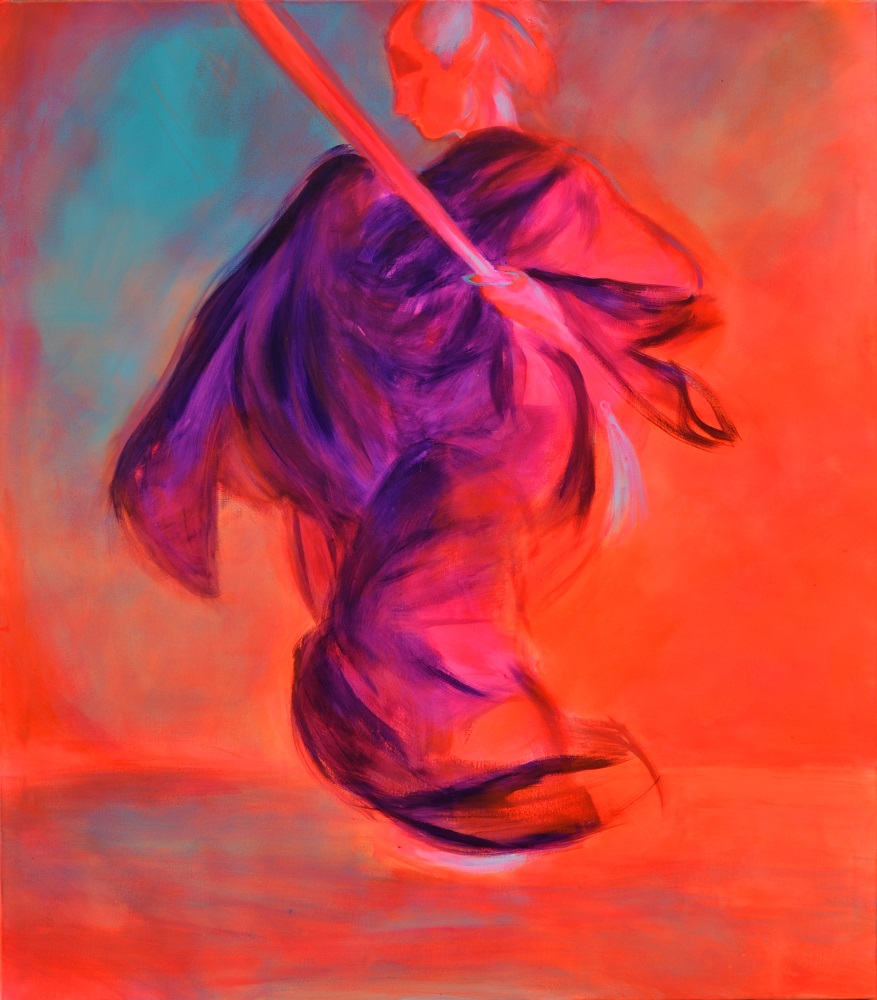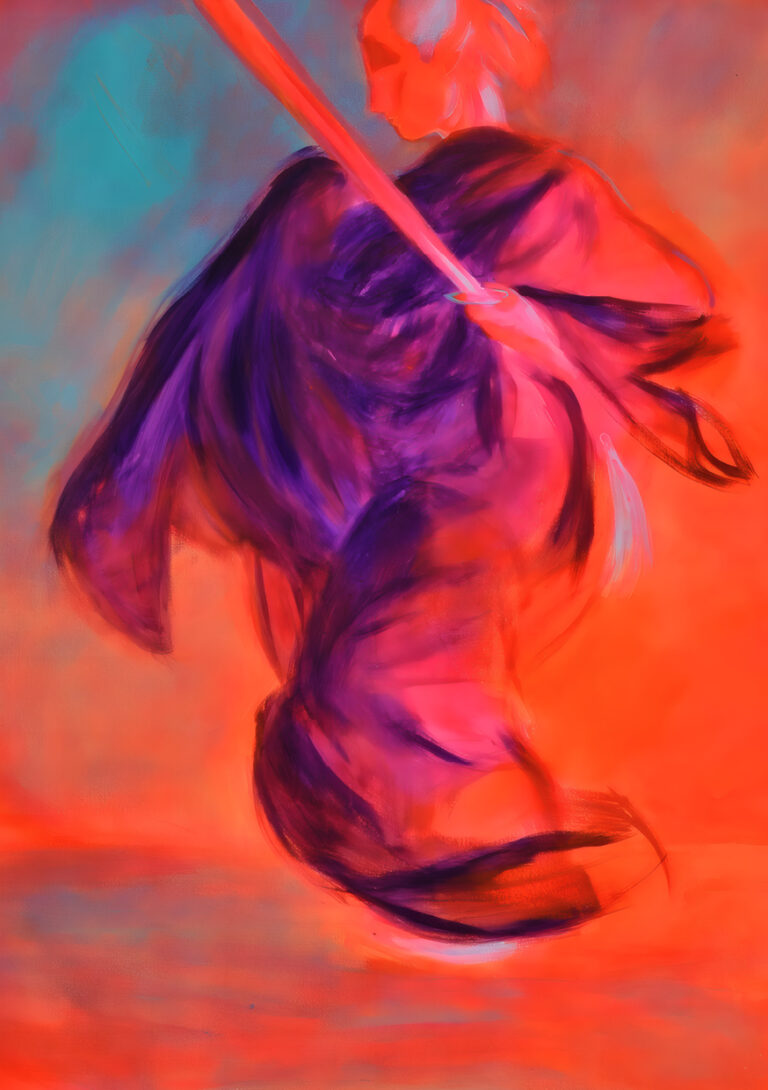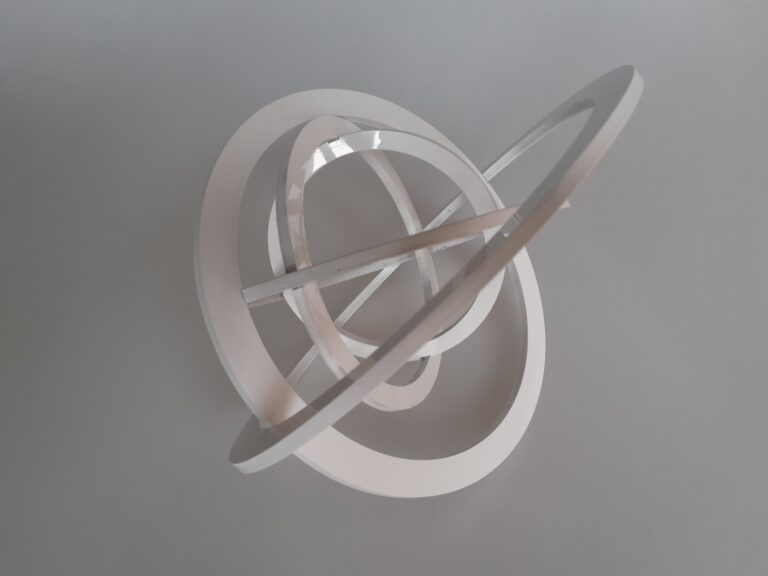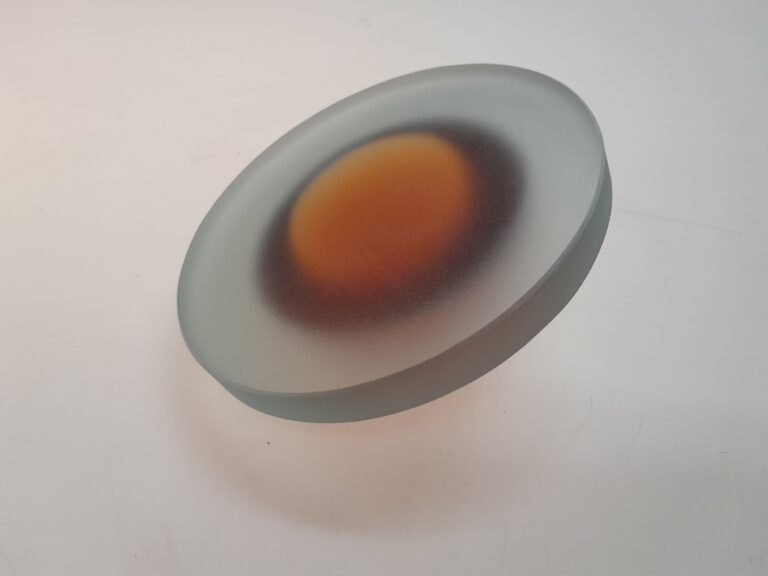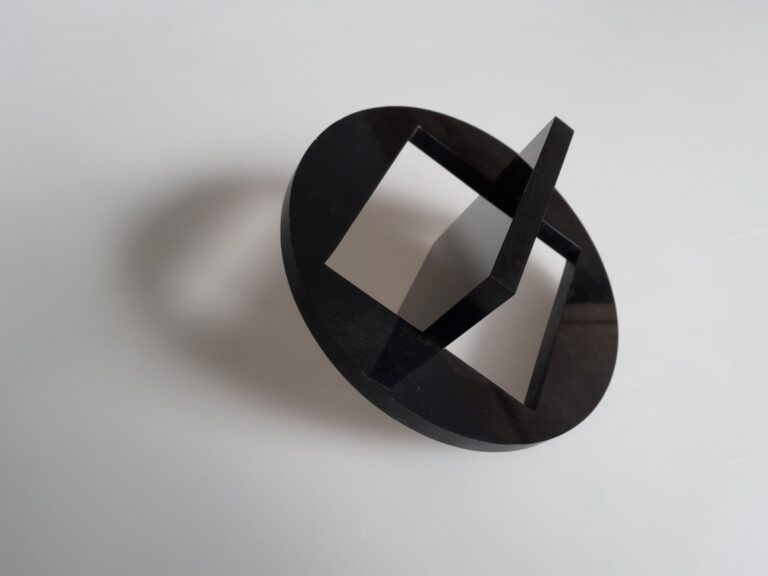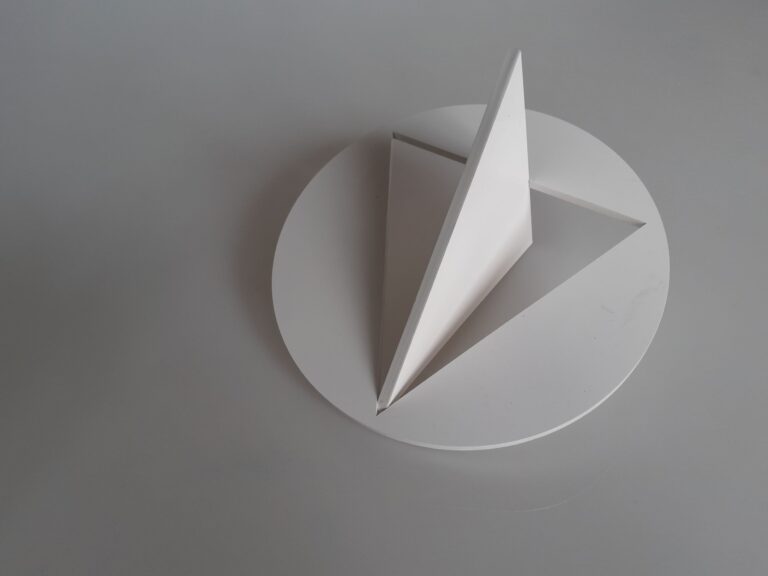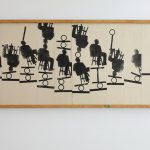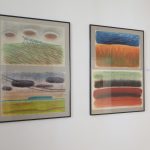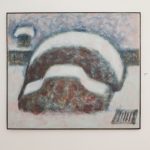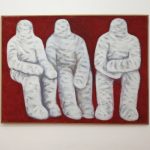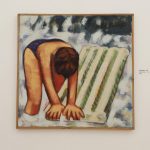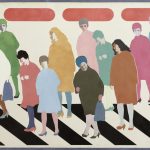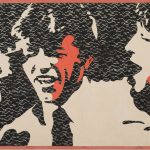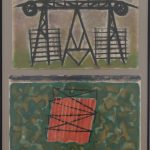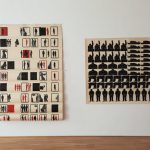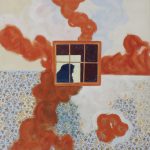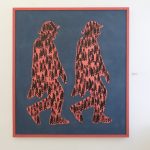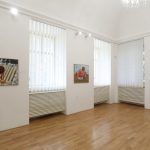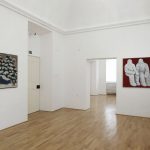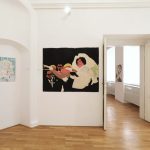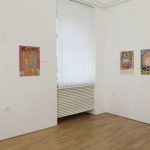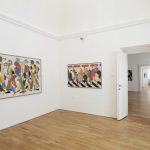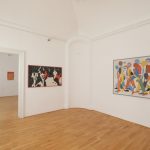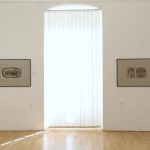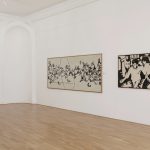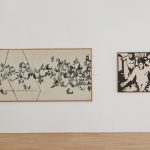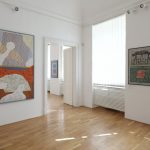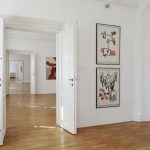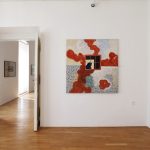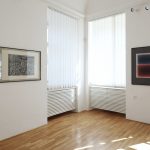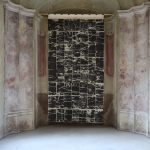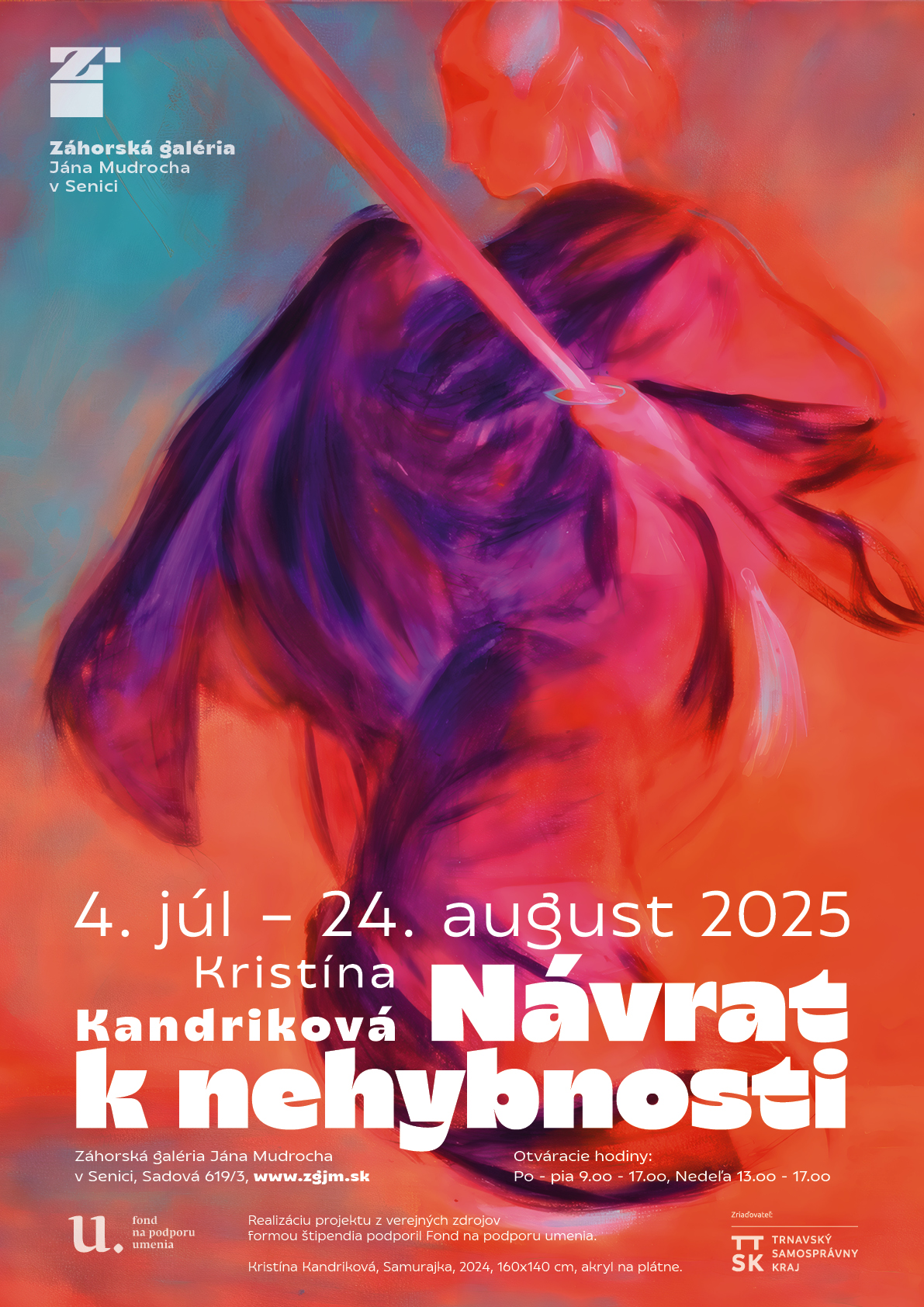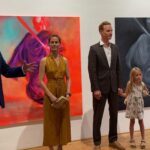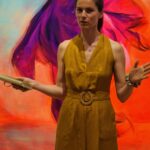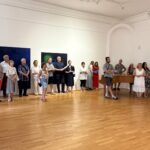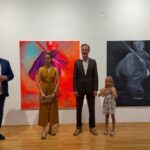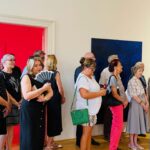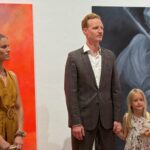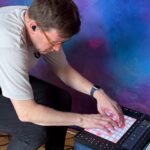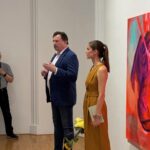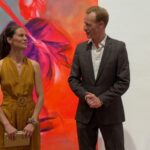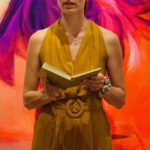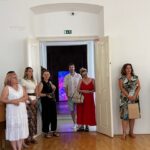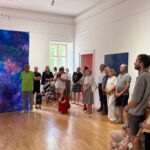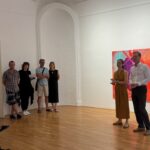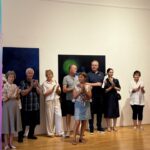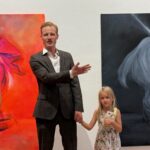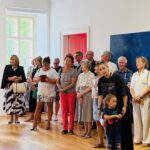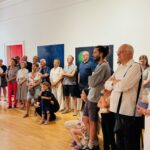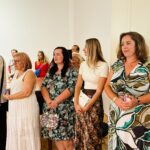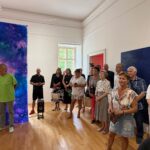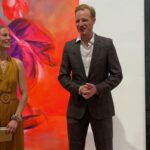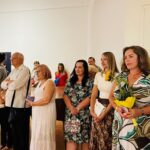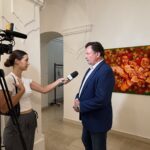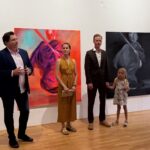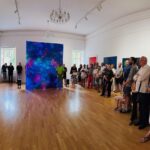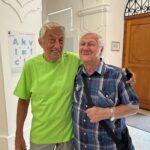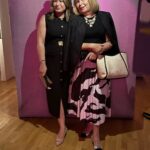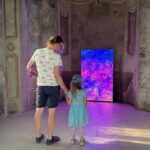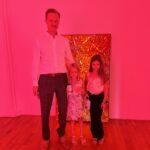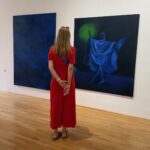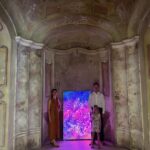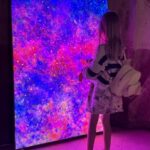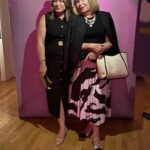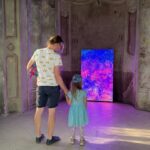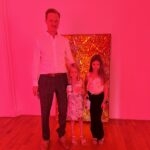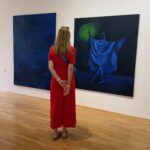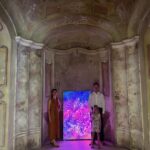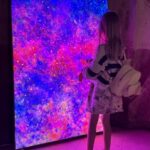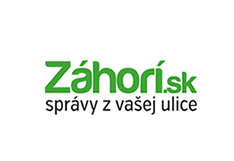Home › Exhibitions › Archive of exhibitions › 2025 › Kristína Kandriková: Return to Stillness
Kristína Kandriková: Return to Stillness
Kristína Kandriková: Return to Stillness
The exhibition presents the latest paintings by the young artist.
Artist, exhibition title: Kristína Kandriková: Return to Stillness
Venue: Záhorie Gallery of Jan Mudroch in Senica Sadová 619/3
Curator: Jan Gerych (CZ)
Exhibition Opening: Friday, 4 July 2025 at 5:00 PM
Musical guest at the opening: Stroon
Exhibition Duration: Friday, 4 July – Sunday, 24 August 2025
24 August 2025 (Sunday) at 3:00 PM – Guided tour of the closing exhibitions with gallery director Roman Popelár and the artist.
The implementation of the project was supported by the Slovak Arts Council through a public funding grant.
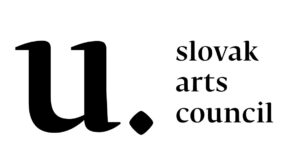
About the exhibition
Return to Stillness is the most extensive exhibition to date by the painter Kristína Kandriková. The seven rooms of the Záhorie Gallery of Jan Mudroch have made it possible to create seven installations that invite visitors to experience seven stations in space and time, defined by color, light, and above all, the artist’s work.
Kristína Kandriková lives and works in seclusion outside the city, where civilization does not intrude so much on her thoughts and where she can set out on journeys of inspiration into the forest and mountains. She patiently revisits the effects and function of painting, this ancient artistic medium, updating it for our era. She balances her somewhat solitary working style with creative overlaps into other spheres—music, literature, and architecture—where she has initiated a dialogue through her art.
Kandriková explores and expands the boundaries of painting. She has undergone numerous experiments with format, material, and process, inventing many original techniques, but the central phenomenon in her work has long been the presence of inner light in painting. For her, light is a substance, a living material—she studies its presence in the image, its ability to project outward from it, or, conversely, to engulf the surroundings within it. She works with illusory light, playing with optical illusion, the laws of physics, and non-painterly materials, as well as with real light itself.
In Kandriková’s work, the function of light is color. She is interested in how colored light affects space, other works, and their viewers. More recently, she has begun to focus on the diffusion of light and softening of form. She layers colored and monochromatic films, blurring the contours of the underlying structure and further minimizing the overall expression so that what remains is an impression of color. With this approach, she shifts attention away from detail in favor of atmosphere and the meditative effect of the work.
What place does painting occupy in an age of ubiquitous visual smog and the dominance of the digital interface? What capacity do contemporary viewers have to perceive framed art hanging on a wall? Can a painting evoke an experience that competes with virtual reality? How much time does an average visitor devote to a painting in an exhibition?
The painter finds inspiration in the nature behind her house. She goes out at twilight, and under the canopy of trees on her way up the hill, she encounters unexpected light effects, which she later processes in the studio into abstract visions or describes by depicting specific situations. She tries to recreate these borderline experiences from the outdoors during her creative process: she quiets her mind, immerses herself in the moment, and lets her unconscious guide her hands. She works in a state of flow, allowing herself to be carried by an undercurrent that sweeps everything along. Through color, she conducts a dialogue with a Higher Power.
Another constant in Kandriková’s artistic code is time. Just as her inspiration stems from the decisive moments of sunset and dusk, her works have their own moment. Even though they are there, they are not always fully there. Sometimes you have to figure out how they work in order to perceive them. You shouldn’t rush. It helps if you pause, detach from external stimuli, and allow her works to affect you. It is striking how naturally viewers fall silent in Kristína Kandriková’s installations. The change in the luminous atmosphere that accompanies them leads one toward inner reflection and spiritual alertness. It is as if her works actively emit silence and draw the viewer into it. When you succeed in reading her art, you become part of it.
Kristína Kandriková’s artworks cannot truly be photographed. They must be experienced firsthand. When the audience allows itself to be guided by the artist and surrenders to her intention, it may succeed in ascending to the same realms from which the works were created. One forgets the world around, forgets oneself, and plunges into deeper currents. In this way, Kandriková restores the medium of painting to the essence of art in the digital age—mediating an experience of artistic contemplation and rapture.
Jan Gerych (CZ)
Jan Gerych (*1983, Brno) is the editor-in-chief of the online magazine archSPACE.cz. He has curated dozens of exhibitions of contemporary artists from the Czech Republic and Slovakia and has collaborated regularly with Kristína Kandriková since 2017. He is also active musically as burningboy.
About the Artist
Mgr. Art. Kristína Kandriková (*1992 Čadca)
2011–2017 Academy of Fine Arts and Design, Bratislava
Department of Painting (Studio of Painting, Doc. Mgr. art. Klaudia Kosziba, ArtD.)
2016 Study placement at the Academy of Fine Arts in Gdańsk
Department of Painting (prof. Piotr Józefowicz’s studio)
2007–2011 School of Applied Arts, Ružomberok
Selected Solo Exhibitions:
2023
The Sun Wanted to Become the Moon, Staromestská Gallery Zichy, Bratislava
Inversions, ATELIER XIII, Bratislava (with Lucia Veselá)
2022
Go Beyond Sight, Július Binder Gallery, Banská Štiavnica
The Day After the Sun Set, Nová Synagogue, Žilina
Around Again, but Differently, Galerie XY, Olomouc
2021
Apparent Clarity, Pavilion – Nástupište 1-12, Topoľčany
2020
Nighttime Forgetting, A7 Gallery, Banská Bystrica
Silence Before Dawn, DEPO2015, Plzeň
2019
You See Things That Aren’t There and Don’t See Those That Are, Medium Gallery, Bratislava
Ján Mudroch
Peter Decheť: Powered by Power, 2020, olej na plátne, 75 x 100 cm


